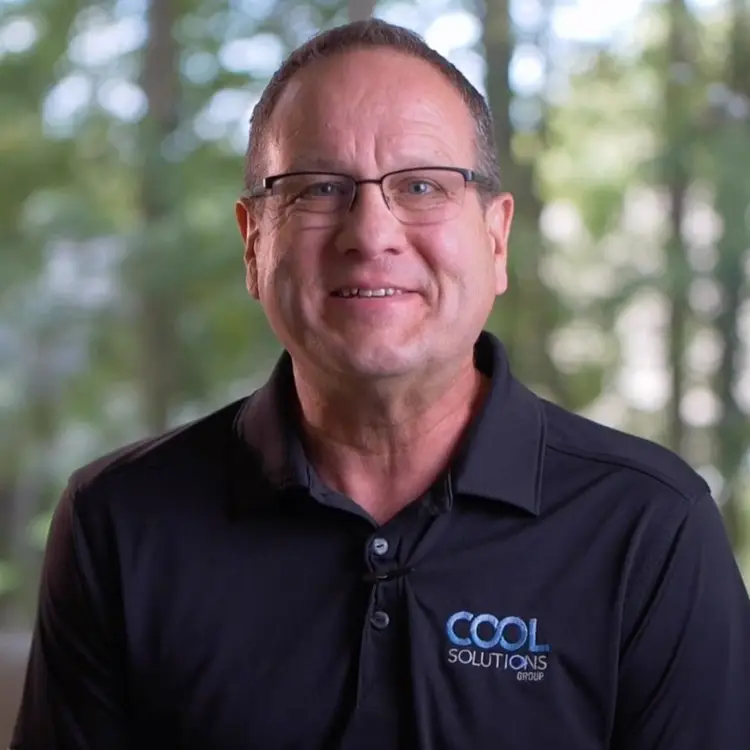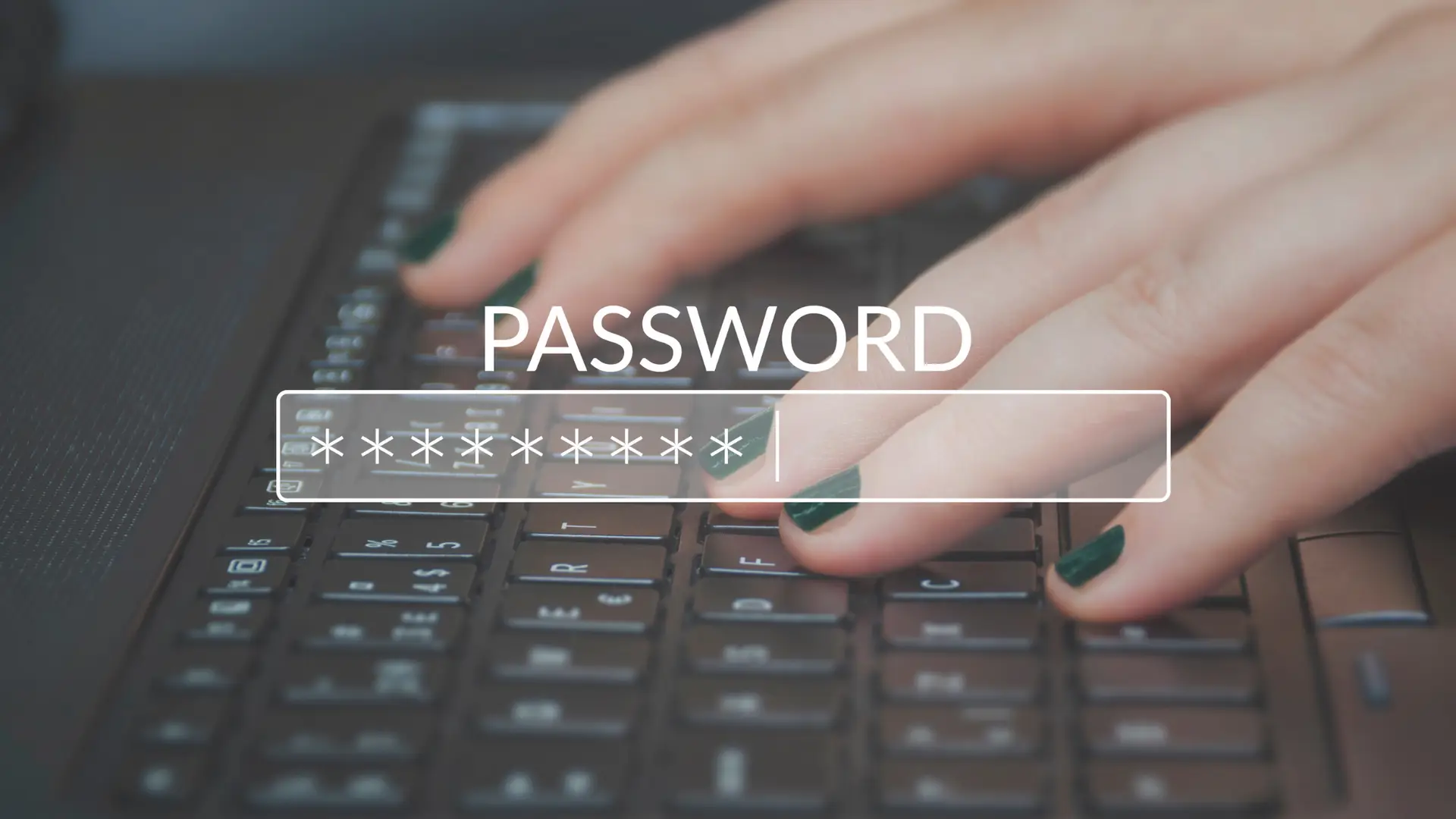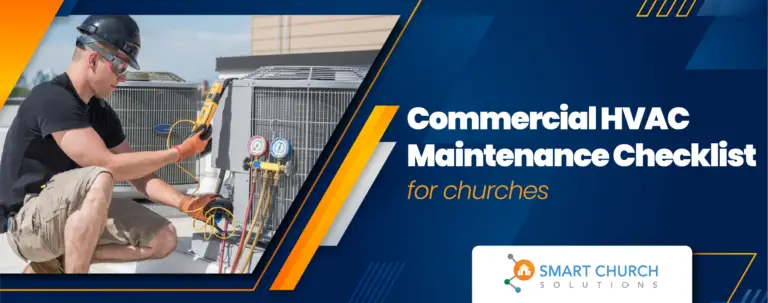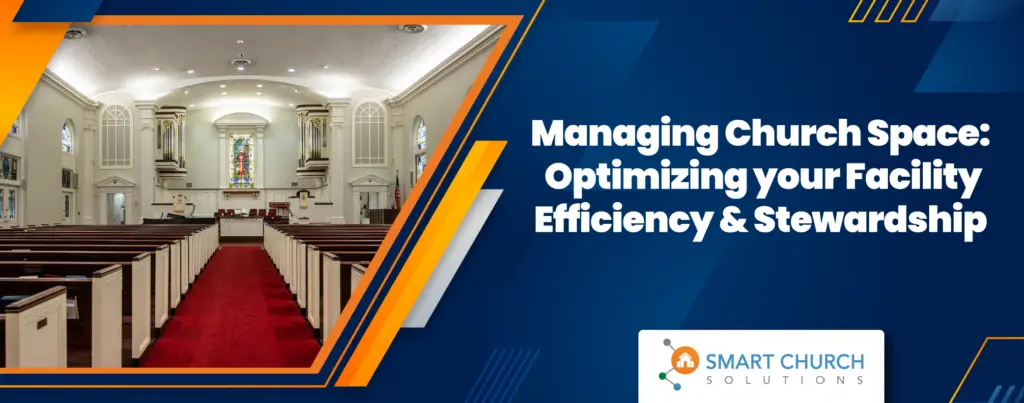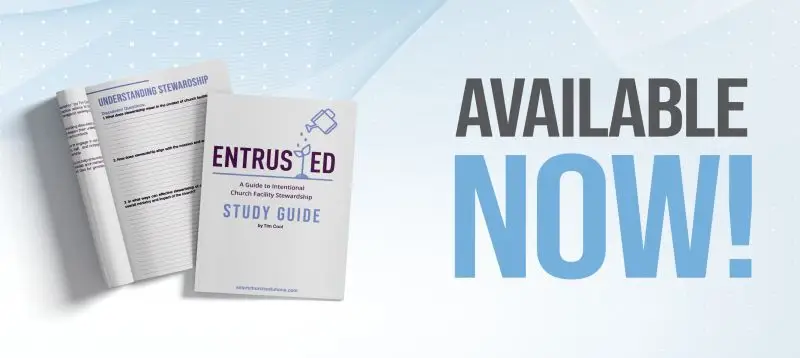If you are an IT director at your church or organization, you may already know what single sign-on is. But, for the rest of us, this may be a foreign concept.
Single sign-on is a verification method that allows users to securely authenticate with multiple applications by using one set of credentials. It is an authentication scheme that allows a user to log in with a single ID to any of several related — yet independent — software systems.
So what? Good question. Let us explain.
Single Sign-On’s Importance
The need for single sign-on comes down to finding a password authentication solution that is both convenient and secure. Managing our individual passwords is a pain. And if you are an IT manager trying to maintain dozens or hundreds of user accounts, that pain is compounded. While it may not be your responsibility to keep up with users’ passwords, you do need to manage who can log in to what systems. To assist with this, companies like Google, Microsoft, and Okta offer centralized user management solutions.
The Benefits (Easy & Secure)
There are three key components to a good user management system. They are as follows:
- Controlling what systems can be accessed by each user
- Automatically provision user logins to your systems
- Allowing users to easily access the systems they are permitted to access without having to enter a separate password.
There certainly are other benefits to a user management system, depending on an organization’s needs. But the three above tend to be near the top of the list.
Does eSPACE Feature Single Sign-On?
How does all of the above relate to eSPACE? Well, eSPACE can now be one of those “systems” to which you can assign user access. By implementing a single sign-on standard called SAML 2.0, user management systems that serve as an identity provider using SAML 2.0 can be configured to connect with eSPACE. Additionally, the SSO Setup in eSPACE can be configured to handle user provisioning differently depending on your organization’s needs. This can be a true time-saver for IT departments.
The eSPACE integration has been tested with identity partners Okta, Google Workspace, Azure AD, and 9Star. However, in theory, single sign-on should work with any identity provider that follows the SAML 2.0 standard.
Phew, that is a lot of technical talk. Though, this is a technical solution. If you are not the IT director at your church or organization, make sure you pass on this information to them. They will be able to help your organization determine the benefits and applications for your organization.
To learn more about the eSPACE single sign-on feature, be sure to check out our support articles for more detail.

